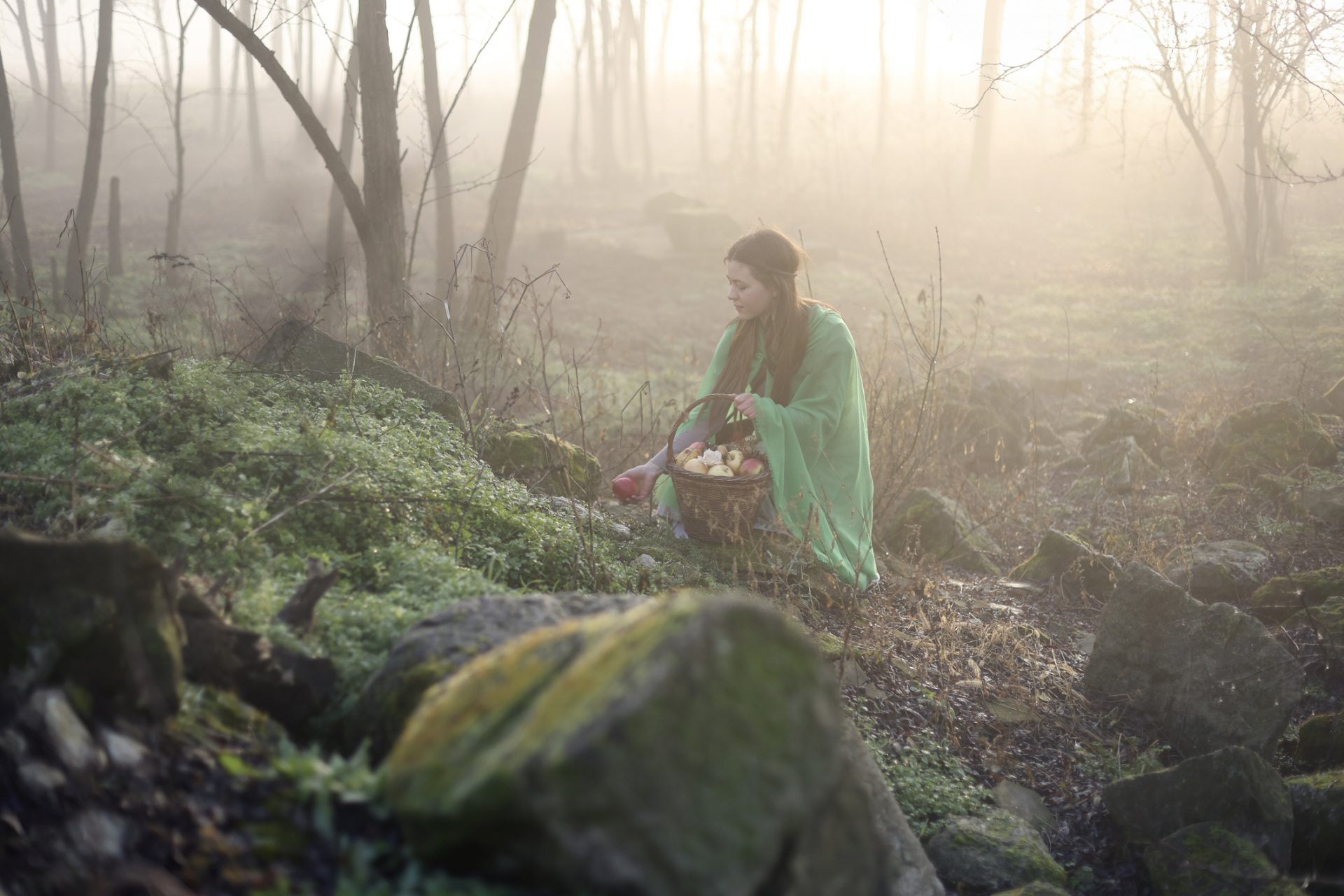Hunter-gather gender roles were nothing like we think study finds
Hunter-gatherer societies may not have been dominated by the gender dynamics that we've come to believe were commonplace according to research published in 2023. Women hunted for their tribes just as much as men. But how did anthropologists figure this out?
It’s been long assumed that ancient hunter-gathers divided their duties by gender with men scouring the countryside for meat while women picked berries and gathered edible food. However, a meta-analysis study that was published in the journal PLUS One in June found otherwise.
Women were equally as good at hunting and they participated in chasing down animals based on the evidence reviewed by a group of researchers, who looked at data from 63 hunter-gatherer societies published in dozens of papers over the last 100 years.
"We were reading papers written by people who had lived with these groups and had studied their behavior," study co-author Cara Wall-Scheffler explained to Live Science, "They were looking at people and recording what they did."
The data proved to be more valuable than their original researchers knew because once it was looked at in the context of a larger data pool, each study helped establish a trend, one that showed women in hunter-gatherer societies would participate in hunting game more than we had previously thought.
Of the communities that were assessed by the researchers, 79% of them had women in the tribe who would hunt, and even more interesting than the fact women were hunters was the finding that a woman's status as a hunter didn’t change after having children.
"The women would go out with many different tools — they had a very diverse tool kit all around the world — and if they saw an animal, they would kill it," Wall-Scheffler said.
"We were surprised by how the majority of groups showed women hunting, and there was no explicit taboo against that." the Seattle Pacific University professor continued.
The study also discovered more than 70% of female hunting trips were intentional, meaning that the woman had actively chosen to go out and hunt meat for their community rather than their activities being opportunistic killings while they were out foraging plant life.
"We were surprised that it wasn't just opportunistic. Everyone in their community knew they would go hunting, and that was their job," Wall-Scheffler explained to Live Science.
One of the most interesting findings of the study was women were very adept hunters but employed a different toolset than their male counterparts and the researchers gave a few good examples of how hunting weapons and strategy differed between sexes.
Men of the Agta tribe preferred to use bows and arrows while hunting prey while women in the tribe would often just hunt with knives while others used a combination of bows and arrows with their knives.
In addition to their flexibility with weapons, women also often had greater flexibility in the choice of people they could hunt with. Women had a variety of partners according to the researchers, including their husbands, other women, children, dogs, and hunting alone.
The findings hold a lot of promise for future work on discoveries in how female hunters differed in their training as well as the cultural norms around their hunts. Questions like how the meat was processed and who was eating it are interesting to think about.
Researchers also noted that it wasn’t just small game like rabbits and birds that women were hunting. Cara Wall-Scheffler told Live Science that the division of larger kills between men and women in prehistoric North and South America was about fifty-fifty.
From the findings, it's clear women played a much larger role in sourcing meat among hunter-gatherer communities and the study’s discoveries shatter the myth that the men of a tribe were its sole hunters while women were relegated to the role of gathering food.
"It doesn't make sense that if something like hunting for animals would help feed their community, that women would ignore it. Having these rigid divisions of labor wouldn't make sense." Wall-Scheffler said when discussing the myth of hunter-gatherer gender roles.
More for you
Top Stories






























